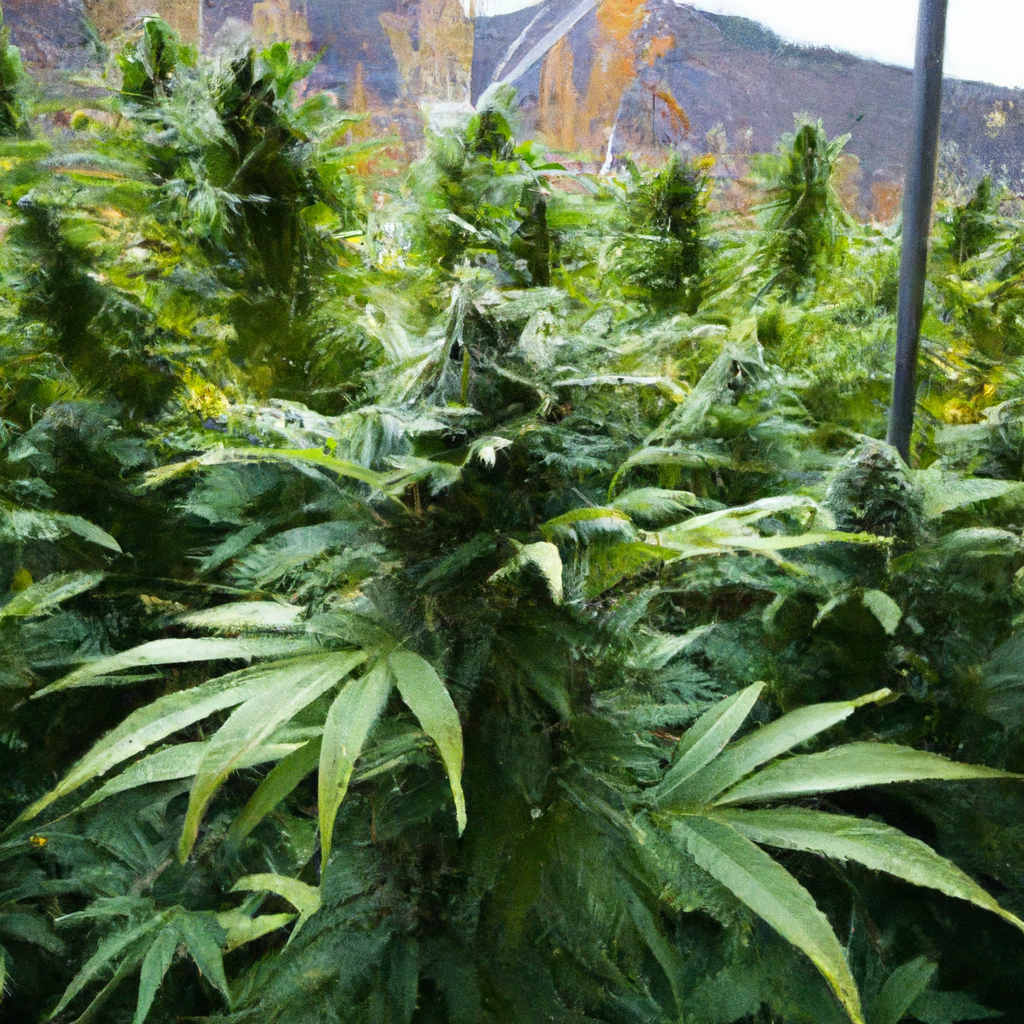High-altitude cannabis cultivation presents a unique set of challenges and rewards. As someone with over three decades of experience growing in the heart of Colorado’s Rocky Mountains, I’ve seen firsthand how altitude can shape the cultivation process. Let’s dive into the nuances of growing cannabis at high altitudes and how it can offer benefits that growers at sea level might miss.
Unique Advantages of High-Altitude Growing
Growing cannabis in high-altitude areas like Colorado offers several distinct advantages, including:
- Enhanced UV Exposure: At higher elevations, cannabis plants receive increased exposure to UV rays, which can lead to higher levels of cannabinoids, particularly THC. This natural effect can result in more potent buds.
- Terpene Development: The unique combination of temperature fluctuations and increased UV exposure can enhance terpene profiles, giving your cannabis a richer and more complex aroma.
- Natural Pest Control: Cooler temperatures and elevation can reduce the presence of certain pests and pathogens, leading to healthier plants with less intervention.
Challenges to Consider
While there are many benefits, high-altitude growing isn’t without its challenges:
- Temperature Fluctuations: High-altitude areas experience significant temperature swings from day to night, which can stress plants. Selecting hardy strains and using greenhouses can help mitigate this issue.
- Thin Air: The reduced air pressure and oxygen levels can slow growth rates. It’s essential to time planting and harvest carefully to maximize the growing season.
- Water Management: With decreased humidity, ensuring appropriate water and humidity control is crucial. Drip irrigation systems can be incredibly beneficial in maintaining consistent soil moisture.
Pro Tips for Success
- Choose the Right Strains: Opt for strains that are known to thrive in cooler climates and have a natural resilience to fluctuating temperatures. My personal recommendations include strains like “Mile High Mystique” and “Magic Kush.”
- Invest in Greenhouses: Utilizing greenhouses can extend your growing season and provide some protection against the temperature swings commonly found at high altitudes.
- Monitor Your Environment: Implement tools and technologies to constantly monitor humidity levels, soil content, and temperature. This can help you make quick decisions to protect your crop when conditions change rapidly.
- Sustainable Practices: High-altitude environments are fragile. Embrace sustainable cultivation techniques such as organic soil amendments and efficient water systems to ensure a minimal ecological footprint.
Conclusion
High-altitude cannabis cultivation is not for the faint of heart, but for those who master it, the rewards are significant. With the potential for more potent strains and complex flavors, growers can find an edge that differentiates their products. Approach it with patience and innovation, and you might find that the altitude’s challenges are also its greatest tools.
Remember, “The altitude makes us tougher—and so does our weed.” With every high-altitude harvest, you’ll learn new ways to harness nature’s powers and grow greatness in your garden.
John “Magic” Greenleaf
“Growing greatness, one strain at a time.”


Leave a Reply